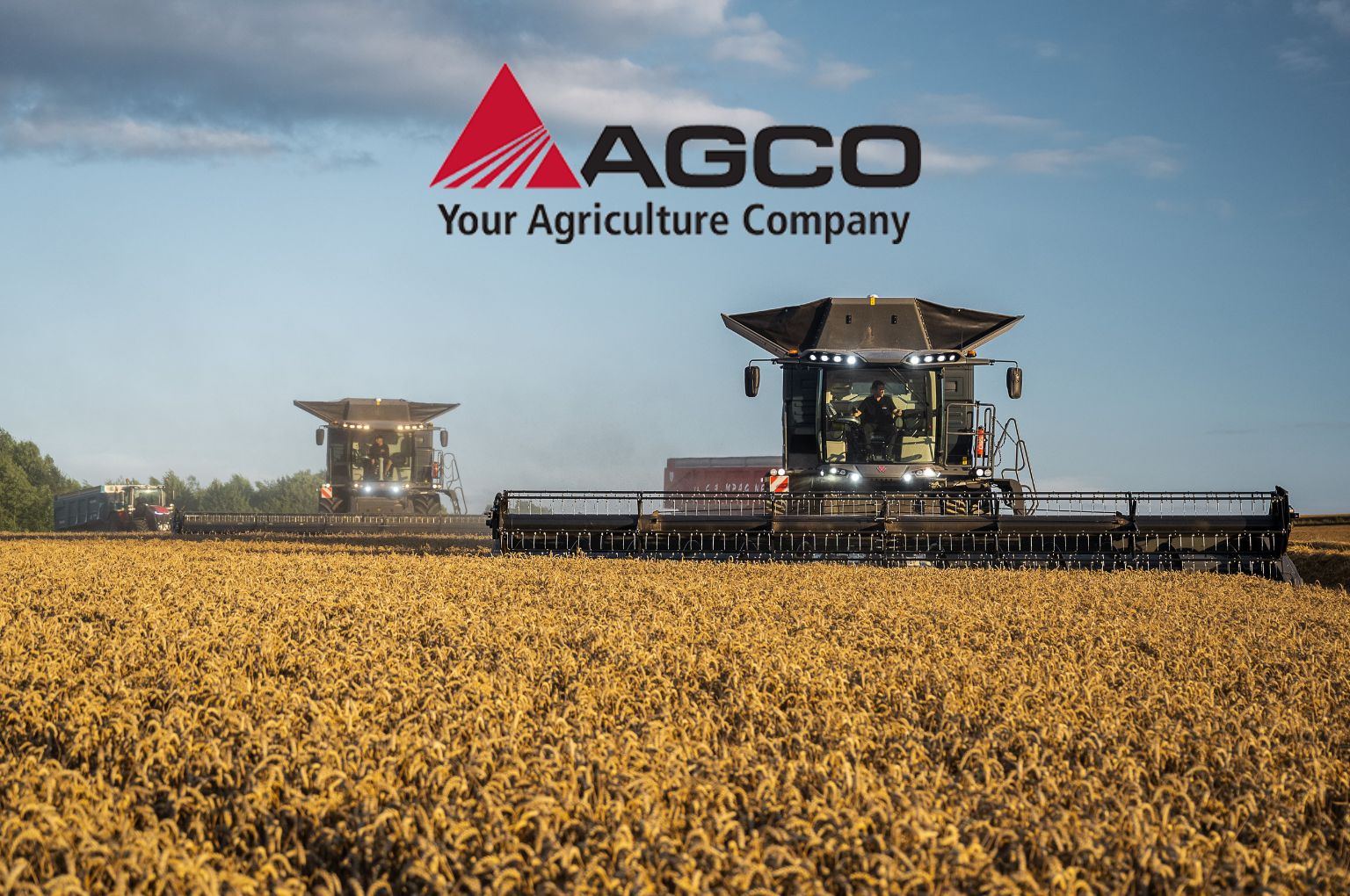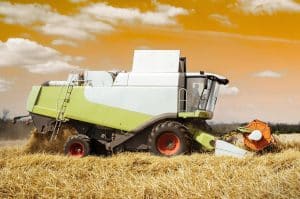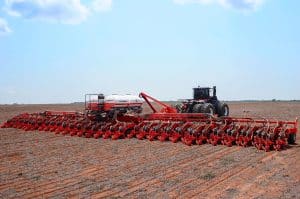AGCO reported net sales of $3.8 billion for the fourth quarter of 2023, a decrease of 2.5% compared to the fourth quarter of 2022. Excluding favorable currency translation impacts of 1.8%, net sales in the fourth quarter of 2023 decreased 4.3% compared to the fourth quarter of 2022. Net sales for the full year of 2023 were approximately $14.4 billion, an increase of 13.9% compared to 2022. Excluding favorable currency translation impacts of 0.1%, net sales for the full year of 2023 increased 13.8% compared to 2022.
“AGCO delivered record results in 2023 highlighted by significantly higher net sales and operating margins due to the continued execution of our Farmer-First strategy and healthy global industry demand,” said Eric Hansotia, AGCO’s Chairman, President and Chief Executive Officer.
“Driven by our high margin growth initiatives of globalizing a full-line of our Fendt branded products, precision ag business and expanding our parts and service business, net sales outgrew the market and full year adjusted operating margins reached a record high at 12.0% of net sales. We also continued to increase our technology development efforts with engineering expense up over 23% in 2023 compared to 2022 and up over 60% compared to 2020. These levels of higher investments are producing increased technology patents for AGCO, award-winning value-enhancing products and record financial results for our shareholders.”
Mr. Hansotia continued, “For 2024, we will remain focused on our primary growth initiatives as well as driving further operational efficiencies. We expect these efforts to mitigate some of the softening industry demand. More challenging global market conditions are expected in 2024 due to reduced commodity prices and modestly lower farm income expectations. Despite a lower sales forecast, we expect higher and more resilient margins compared to past cycles due to structural improvements in our business. We will continue to accelerate investments in premium technology, smart farming solutions and enhanced digital capabilities to support our Farmer-First strategy while helping to sustainably feed the world.”
“Near record global crop production in 2023 has resulted in increased grain inventories and commodity prices have correspondingly retreated from the very high levels seen over the last 24 months,” stated Mr. Hansotia. “Although still strong by historical levels, farm income was down modestly across the major regions in 2023 and another modest decline is projected for 2024. Much of the industry fleet has been refreshed over the last three years and dealer inventories have been re-stocked. Full-year global industry retail sales of farm equipment in 2023 were lower in AGCO’s key markets, with weaker sales of smaller equipment being partially offset by higher sales of larger machines.”
North American full-year industry retail tractor sales declined 3% compared to the previous year. Lower sales of smaller equipment, more closely tied to the general economy, were partially offset by strong growth of high-horsepower tractors and combines. Relatively favorable commodity prices, extended fleet age and precision ag technology stimulated demand from row crop farmers. Lower projected farm income and a refreshed fleet is expected to pressure industry demand in 2024, resulting in weaker North American industry sales compared to 2023.
South American industry retail tractor sales decreased 8% during 2023 compared to the previous year. Retail demand in Brazil was negatively affected by funding shortfalls of the government-subsidized loan program. Healthy farm income, supportive exchange rates and continued expansion in planted acreage drove increases in high-tech farm equipment, which partially offset weaker smaller equipment demand due to financing delays. Following three strong years, retail demand in South America is expected to further soften in 2024 as a result of lower commodity prices and farm income.
Industry retail tractor sales in Western Europe decreased 4% for the full year of 2023 compared to high levels in 2022. Farmer sentiment in the region has continued to be negatively impacted by the conflict in Ukraine and higher input cost inflation. Further declines in industry demand are expected in 2024 as lower income levels pressure demand from arable farmers, while healthy demand from dairy and livestock producers is expected to mitigate some of the decline.

![RightSpot Ad Template Digital-1400×190-px[76] Ag Leader RightSpot](https://world-agritech.com/wp-content/uploads/elementor/thumbs/RightSpot-Ad-Template-Digital-1400x190-px76-r316mmc0hgoob9qxmklllnnbxta1nlj7t2vjkoyeek.png)







